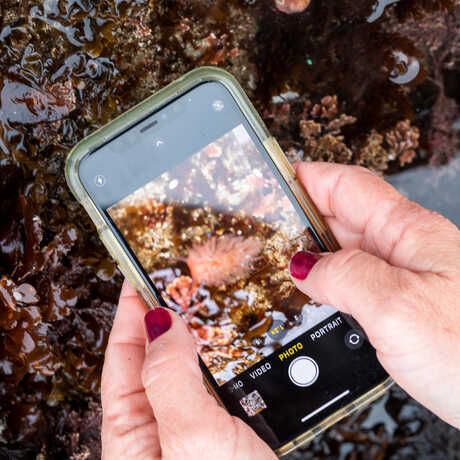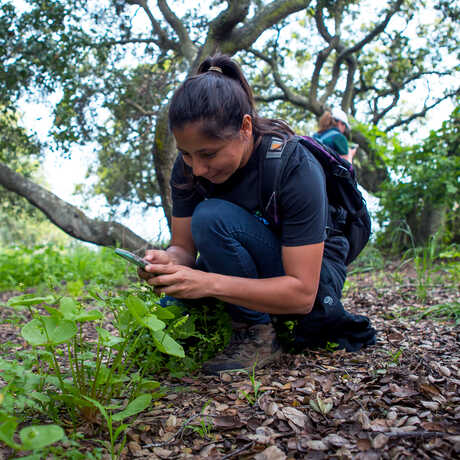Conservation organizations in the Bay Area have not yet recognized the extent to which urban lands provide habitat for important conservation species like coyote (Canis latrans), soap plant (Chlorogalum pomeridianum), and slender salamanders (Batrachoseps sp.). Crowdsourced biodiversity data from iNaturalist, however, reveals that many of these species are frequently observed in urban landscapes.
We are using regional iNaturalist records, environmental data (e.g., climate, altitude, distance to streams, etc.), and species distribution modeling (SDM) to assess the extent to which urban landscapes provide habitat for species of conservation importance.
Our research shows that urban landscapes in the Bay Area provide habitat for a number of conservation target species. The most important environmental characteristics for the habitat of species is highly variable, but winter temperature and distance to 10-acre greenspaces were consistently important. The maps we produced will be included in the next iteration of the Conservation Lands Network.










